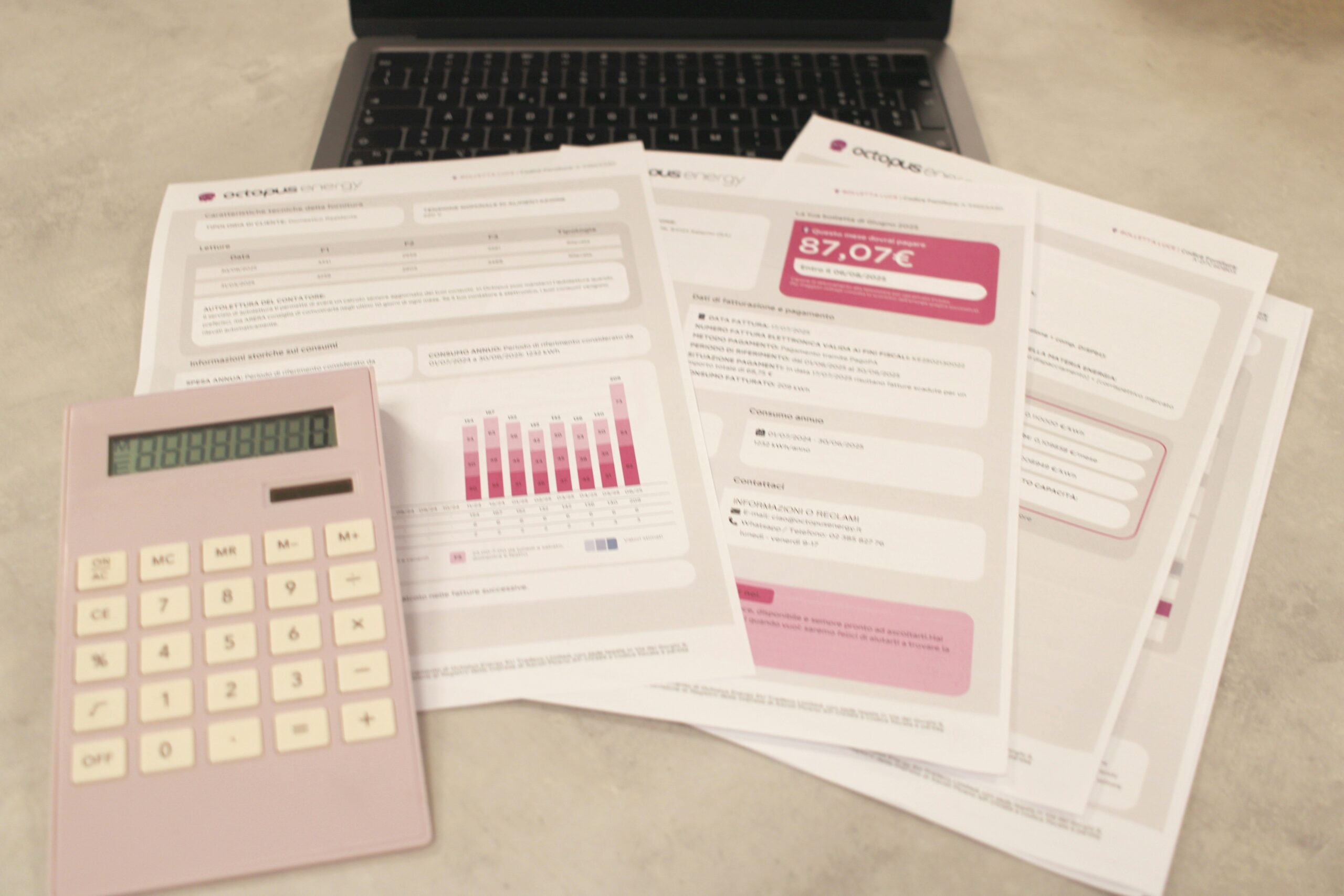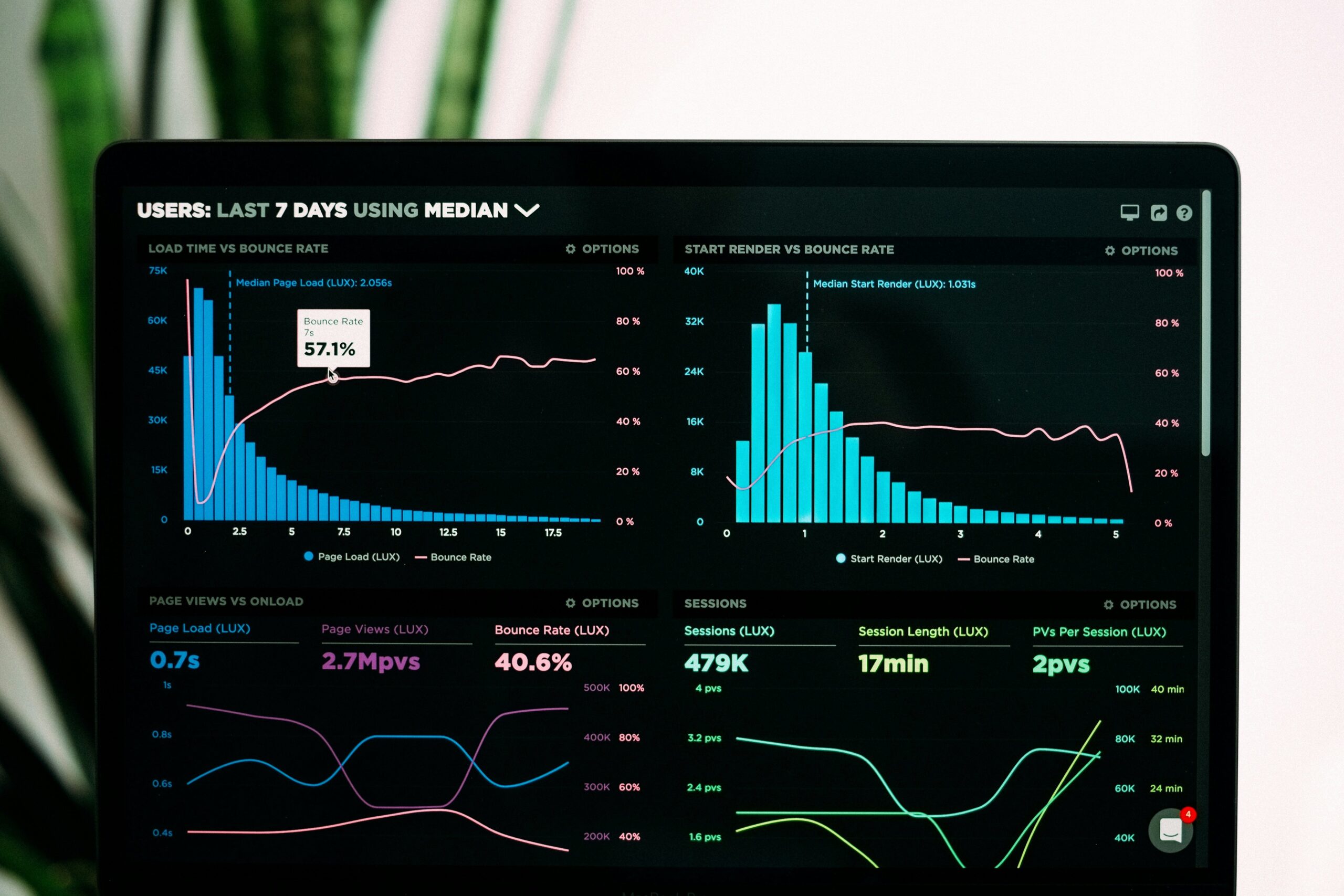Ever wondered why your media insurance premiums feel like they’re eating into your Netflix budget? Or cringed at the thought of an unexpected lawsuit blowing up your personal finances? Liability risk assessments are the unsung heroes (or villains, if ignored) of navigating the financial minefield of media-related risks. Let’s dive deep and demystify how understanding liability risk assessments can save you from chaos—while keeping your wallet happy.
Table of Contents
- Introduction: Why Liability Risk Assessments Matter
- Key Takeaways
- Problem Background: What Happens Without Proper Assessments?
- Step-by-Step Guide to Conducting Liability Risk Assessments
- Best Practices to Maximize Results
- Real-Life Examples of Smart Assessments
- FAQs About Liability Risk Assessments
- Conclusion: Stay Ahead of Financial Risks
Key Takeaways
- Conducting thorough liability risk assessments helps lower media insurance costs by identifying potential threats early.
- Ignoring these evaluations can lead to devastating lawsuits that cripple your finances.
- Using tools and frameworks makes the process easier than ever before.
- Real-world examples highlight just how impactful proactive planning can be.
Problem Background: What Happens Without Proper Assessments?
“I once skipped my annual checkup because I was ‘too busy.’ Fast forward six months, and surprise—a nasty cavity ruined both my day *and* my bank account.” Sounds familiar? In finance, liabilities work similarly. Ignoring them doesn’t make them disappear; it only amplifies their consequences.
Optimist You: “Eh, I’m sure nothing bad will happen.”
Grumpy You: “Ugh, unless someone sues us over a misplaced copyright claim!”

Let’s get real—most people don’t think about liability issues until something goes wrong. For instance:
- Unintentional defamation claims during interviews or podcasts.
- Copyright infringement lawsuits when using unlicensed images or music.
- Accidents involving equipment rentals for shoots.
Each one carries hefty legal fees and tarnishes reputations—not exactly “cheap.” Understanding liability risk assessments isn’t optional anymore; it’s survival.
Step-by-Step Guide to Conducting Liability Risk Assessments
Step 1: Define Your Scope
Start by asking yourself: “What areas present the biggest danger?” Are you running a podcast where guests might say controversial things? Shooting films that borrow heavily from existing IPs? This step ensures you focus on specific pain points instead of wandering aimlessly.
Step 2: Audit Existing Assets & Operations
Gather all materials and workflows under review. Tools like Risk Management Software help streamline this phase, but even pen-and-paper works fine. List out everything: contracts, equipment logs, publishing platforms—all of it.
Step 3: Identify Potential Liabilities
Brainstorm possible scenarios based on past incidents within your niche—or what competitors have faced. Think defamation, intellectual property disputes, workplace accidents—the list grows longer as media becomes more complex.
Step 4: Rank Risks Based on Likelihood vs. Impact
Create a simple matrix: Plot each risk along two axes—one measuring likelihood (How likely is it?) and another gauging impact (How severe would the fallout be?). Focus first on items in the upper-right quadrant.

Step 5: Develop Mitigation Strategies
For every identified risk, craft actionable strategies. For example:
- Purchase adequate media insurance coverage tailored to your unique needs.
- Train team members on compliance best practices (think GDPR regulations).
- Implement robust permission systems for content approval.
Best Practices to Maximize Results
- Automate When Possible. Use automation software to monitor ongoing operations rather than relying solely on manual checks.
- Leverage Industry Standards. Stick to established protocols whenever applicable—it reduces uncertainty significantly.
- DO NOT Overlook Cybersecurity. A cyberattack exposing user data counts as a major liability too!
- Rant Alert! Seriously, stop ignoring boilerplate disclaimers. They exist for a reason and aren’t there to bore you—they protect you.
Real-Life Examples of Smart Assessments
Meet Alex, who runs a popular YouTube channel reviewing indie movies. His production team decided against conducting regular liability reviews—until a disgruntled filmmaker accused them of misrepresentation. Cue thousands in attorney fees and tarnished trust with sponsors. Lesson learned: Proactive prevention beats reactive damage control.
On the flip side, Sarah—a digital marketer specializing in influencer collaborations—implemented strict liability tracking measures early on. Her diligence paid off when her business dodged a multi-thousand-dollar IP lawsuit thanks to clear contractual language sourced via her detailed assessments.
FAQs About Liability Risk Assessments
Q: How often should I conduct liability risk assessments?
A: At least annually—but update sooner after significant operational changes.
Q: Can small businesses afford this process?
A: Yes! Many free resources and templates simplify implementation without breaking the bank.
Q: Is hiring professionals worth it?
A: Absolutely. Their expertise ensures no stone goes unturned—and peace of mind is priceless.
Conclusion: Stay Ahead of Financial Risks
You now know why mastering liability risk assessments transforms not just peace of mind but also financial stability. Whether it’s ensuring proper media insurance coverage or sidestepping costly lawsuits, staying vigilant pays dividends. So grab that coffee, roll up those sleeves, and conquer those liabilities—you’ve got this.
And remember, like playing Snake on your old Nokia phone, managing finances requires strategy, foresight, and occasionally hitting restart.
Stay sharp, stay safe,
Like Neo dodging bullets.
Liability risk mastery achieved.


